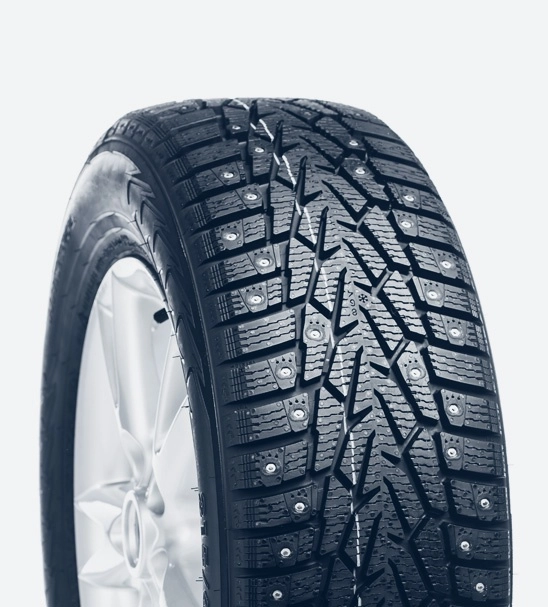transmission seal
The Importance of Transmission Seals in Automotive Maintenance
The transmission system is one of the most critical components of any vehicle, playing a crucial role in the transfer of power from the engine to the wheels. Within this complex system, transmission seals serve as indispensable elements, ensuring optimal performance and longevity of the transmission. Understanding the importance of transmission seals can help vehicle owners maintain their cars effectively and avoid costly repairs.
Transmission seals are designed to prevent the leakage of transmission fluid, which is essential for lubricating the transmission system and facilitating smooth gear shifts. These seals are typically made from durable materials such as rubber or silicone, engineered to withstand the high temperatures and pressures that occur within the transmission. Over time, however, transmission seals can wear out due to various factors including age, extreme temperatures, or exposure to harsh chemicals.
A primary function of transmission seals is to keep transmission fluid in while keeping contaminants out. This fluid is vital not only for lubrication but also for cooling the transmission. If the seals fail, it can lead to fluid leaks, which may severely impair the transmission's function. Low fluid levels can result in inadequate lubrication, leading to increased friction, overheating, and, ultimately, significant damage to the transmission components.
In addition to preventing fluid leaks, transmission seals also play a role in maintaining the efficiency of the vehicle. When the seals are in good condition, they ensure that the transmission operates smoothly, allowing for seamless gear changes and optimal fuel efficiency. Conversely, when seals become damaged or worn-out, drivers may experience erratic shifting, slipping gears, or an overall decrease in vehicle performance. Ignoring these symptoms can lead to more extensive damage and costly repairs.
transmission seal

Regular inspection of transmission seals should be an integral part of any vehicle maintenance routine. Signs of failing seals include visible leaks under the vehicle, an illuminated transmission warning light on the dashboard, or unusual sounds during operation. If any of these symptoms are present, it is crucial to consult a professional mechanic promptly. Early detection and replacement of worn seals can prevent more severe issues from arising and extend the life of the transmission.
Replacing transmission seals is a delicate process that requires expertise. Mechanics typically drain the transmission fluid, remove the old seals, and install new ones, ensuring everything is properly lubricated before reassembling. It is essential to use high-quality seals that meet the manufacturer's specifications to guarantee optimal performance and reliability.
Moreover, vehicle owners can take proactive measures to prolong the life of their transmission seals. Regularly changing the transmission fluid according to the manufacturer’s recommendations can help minimize wear and tear on the seals. Additionally, maintaining proper driving habits, such as avoiding sudden starts and stops, can also reduce stress on the transmission system, ultimately protecting the integrity of the seals.
In conclusion, transmission seals are vital components that significantly impact a vehicle’s performance and longevity. By preventing fluid leaks and maintaining the efficiency of the transmission system, these seals play a key role in ensuring smooth operation. Regular inspections and timely replacements can help avoid costly repairs and extend the life of your vehicle. Understanding the function and importance of transmission seals empowers vehicle owners to take better care of their automobiles, leading to a safer and more reliable driving experience.
-
Simplifying Oil Changes: A Comprehensive Guide to Oil Drain Plugs and Their Variants
News Aug.04,2025
-
Mastering Oil Drain Maintenance: Solutions for Stripped, Worn, and Upgraded Oil Plugs
News Aug.04,2025
-
Fixing Oil Pan Plug Issues: Leaks, Stripped Nuts, and the Right Replacement Solutions
News Aug.04,2025
-
Everything You Need to Know About Oil Drain Plugs: Sizes, Fixes, and Upgrades
News Aug.04,2025
-
Choosing the Right Oil Drain Plug: A Guide to Sizes, Materials, and Drain Innovations
News Aug.04,2025
-
A Complete Guide to Automotive Drain Plugs: Types, Problems, and Innovative Solutions
News Aug.04,2025
-
The Ultimate Guide to Car Repair Kits: Tools and Essentials Every Driver Should Own
News Aug.01,2025
Products categories















